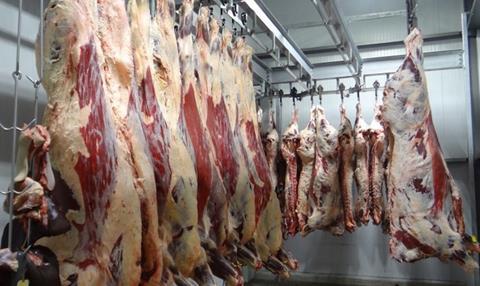In a recent Times Radio interview Australian Foreign Minister, Alexander Downer stressed that Australian meat companies would only be sending ‘high end cuts’ to the UK and not competing with British producers at the ‘low end’ (by sending mince, for example).

While this sounds reassuring, the British Meat Processors Association (BMPA) says a quick look at how the beef market works shows why a small volume of imported meat can have a disproportionately big effect on British farmers.
To measure the impact of increased Aussie beef imports the BMPA says you need to look at the value, not the volume of what’s coming in.
Peter Hardwick, trade policy advisor at BMPA explained: “As an example, a 20 foot container load of beef with 17,000kg with a full range of meat cuts might represent the meat from just 60 animals. A similar shipment containing only boneless sirloins (high value) would have come from over 1000 animals. If it were fillet steaks it could be three times that number.
“It’s not the amount of meat by weight that matters it is the amount of high-end, high value cuts that will have a disproportional impact on the marketplace.”
The mechanics of the meat trade
The key to understanding this, said Harwick, lies in how the value from each animal is made up. Products like mince, stewing joints and even roasting joints, while they represent the bulk of the volume of what’s produced, are the least profitable and, in some cases, are sold at less than the cost of production.
Where value and profit is made up is in the high-end cuts like sirloins, rumps and fillet steaks. Without these higher value products, beef production, regardless of where in the world it happens, wouldn’t be viable.
BMPA fears the kind of sustained competition from overseas imports for the products that make up the profitable component of Britain’s meat production will inevitably impact both processing companies and farmers, forcing some out of business and weakening the UK’s domestic food security. It said it’s also likely that this lost trade will not be fully replaced by trying to compete in export markets further afield with the likes of Australia.
This story was originally published on a previous version of the Meat Management website and so there may be some missing images and formatting issues.















